UV-spectrophotometer single beam
Simple & clear keyboard operation provides auto 0% & 100% adjustment, Error free T-A transformation, faster setting and direct concentration readout functions.
Imported Tungsten (W) Lamp, long service life.
Spacious sample compartment, suitable for various dimensions optical path rectangular cells(100mm max).
Report Abuse
Shipping Details
Based on 0 reviews
Be the first to review “UV-spectrophotometer single beam”
You must be logged in to post a review.
Vendor Information
- Store Name: ATLANTIC Scientific and Research Supply
- Vendor: ATLANTIC Scientific and Research Suply
- No ratings found yet!
-
Health & Medical
water deionizer
The 24″ tall, 7 1/4″ diameter tank comes filled with 13 lbs. of our exclusive ion-exchange resins that remove minerals from the water through a process that binds them to the resin. Because the majority of the impurities are dissolved, deionization produces highly purified water, so no more spots! The two valves control the water flow through the filter. This allows you to bypass the filter when it is not needed to prolong the life of the resin. Add our Stainless Steel Quick Disconnect Set for faster, easy use. The life of the resin depends upon the amount of total dissolved solids (TDS) in your water. Want to know your TDS level? Check out our easy-to-use TDS Meter. The replacement resin is safe, disposable, and easy to install.
SKU: n/a -
Health & Medical
Water-Deionizer
Water Deionizer Industrial Waste Water Treatment Equipment Machine
How Water Deionizer Industrial Waste Water Treatment Equipment Works
The Reverse Osmosis process uses a semi-permeable membrane to separate and remove dissolved solids, organics, pyrogens, submicron collodial matter, viruses, and bacteria from water. The process is called “Reverse” Osmosis since it requires pressure to force pure water across a membrane, leaving the impurities behind. Reverse Osmosis is capable of removing 95 – 99% of the total dissolved solids (TDS) and 99% of all bacteria, thus providing safe, pure water.SKU: n/a -
Health & Medical
Vernier caliper
Manufactured from hardened stainless steel with dual reading in Imperial to 0.001in and in Metric to 0.02mm. The universal four-way measurement facility enables reading in External, Internal, Depth and Step modes.
The sliding thumb lock feature easily allows quick and precise measurements to be taken.
The satin finished scales and beam ensure fast, easy and accurate readings.
A strong plastic storage case provides a secure home for this precision instrumentSize 150mm / 6in
SKU: n/a -
Health & Medical
Triple-Quad-Lc
The Agilent 6460 Triple Quadrupole LC/MS delivers superior sensitivity for trace level analysis with performance specifications in
Signal-to-Noise ratio (S/N) and Instrument Detection Limit (IDL). IDL is a rigorous, statistically based metric that indicates practical
sensitivity performance of your quantitative assays. The Agilent 6460 Triple Quadrupole LC/MS achieves sensitivity and resolution
specifications with autotune.SKU: n/a -
Health & Medical
Capillary Sequencer
American Applied Biosystems, known for its technological innovation, recently launched the new 3500 Series Genetic Analyzers, setting a completely new standard for capillary electrophoresis. It integrates a series of platform innovations designed for optical and thermal systems, opening up an innovative consumable system. The common superposition of these elements makes 3500 Series products the gene analyzers of the highest performance ever.
SKU: n/a -
Health & Medical
Kenwood planetary mixer
Kenwood Chef Premier KMC 570 Kitchen Machine
The Chef Premier, featuring a 1000 Watt motor, will make food preparation tasks even simpler. With a stylish matt silver finish, it will complement any style of kitchen.If you are experienced in the kitchen, regularly prepare everyday meals and like the challenge of trying more elaborate recipes and catering for larger groups of friends and family, the KMC570 is the kitchen machine you need for a second pair of hands in the kitchen. Advance your culinary skills with confidence, knowing that the Kenwood Chef Premier will achieve the results you desire.
As well as a 4.6 Litre stainless steel bowl, the KMC570 Chef premier includes four bowl tools supplied (K Beater, balloon whisk, dough hook, Creaming Beater), 1.6 Litre ThermoResist glass blender allowing you to use hot and cold food one after the other and food processor attachments.
SKU: n/a


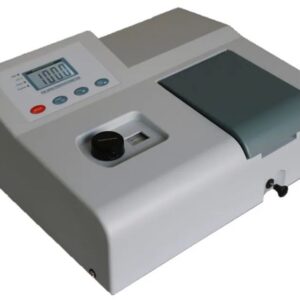
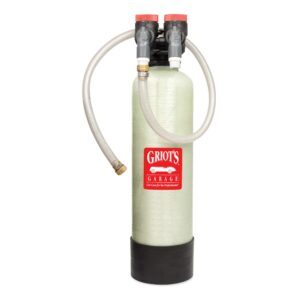
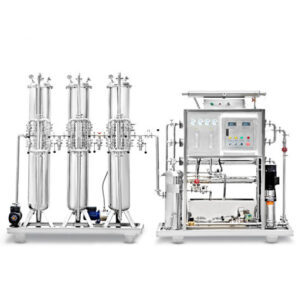
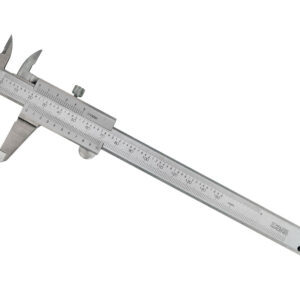
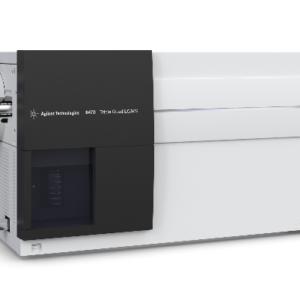
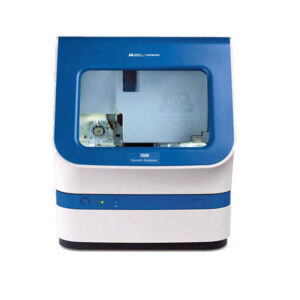
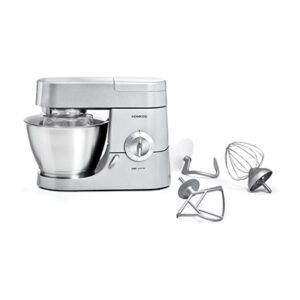
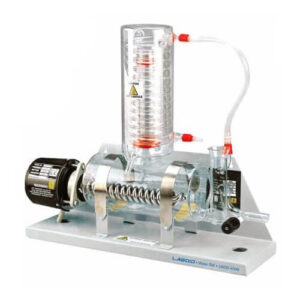
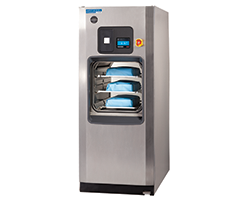
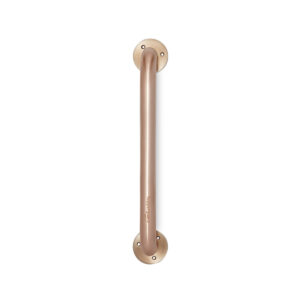
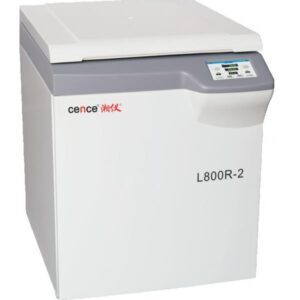
There are no reviews yet.